What Drone Nd Filter For Partial Cloud ?
For partially cloudy conditions, a good ND filter to use with a drone would be an ND8 filter. This filter reduces the amount of light entering the camera by three stops, which is ideal for balancing the exposure in partially cloudy conditions. It will help to prevent overexposure of the sky and maintain detail in the clouds while also allowing for a slower shutter speed to capture motion blur in the footage. It is important to note that the specific filter needed may vary depending on the lighting conditions and the camera being used, so it is always best to test different filters and settings to achieve the desired results.
1、 ND filter basics for drone photography
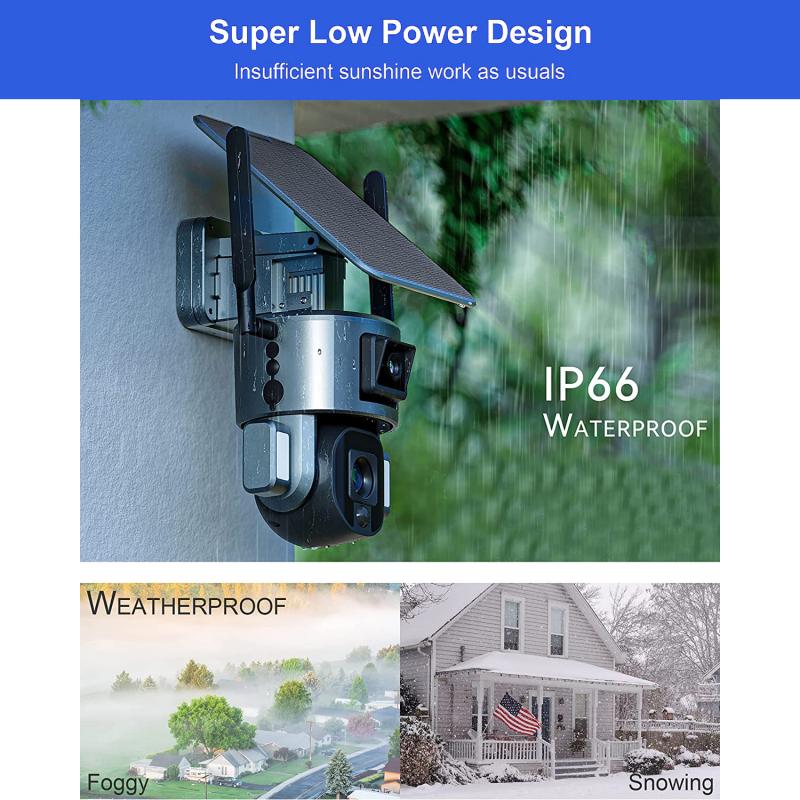
ND filter basics for drone photography are essential to understand if you want to capture stunning aerial footage. ND filters, or neutral density filters, are designed to reduce the amount of light entering the camera lens without affecting the color balance. This allows you to use slower shutter speeds and wider apertures, resulting in more creative control over your images.
When it comes to choosing the right ND filter for partial cloud conditions, it's important to consider the amount of light available. If the clouds are only partially covering the sun, you may need a lighter ND filter, such as an ND4 or ND8. These filters will reduce the amount of light entering the lens by 2-3 stops, allowing you to capture more detail in the clouds and avoid overexposure in the brighter areas of the image.
It's also important to consider the type of drone you're using and the camera it's equipped with. Different drones and cameras may require different filter sizes and strengths, so be sure to check the manufacturer's recommendations before making a purchase.
In terms of the latest point of view, some drone photographers are now using variable ND filters, which allow you to adjust the strength of the filter on the fly. This can be particularly useful in changing lighting conditions, such as when the sun is intermittently covered by clouds. However, variable ND filters can be more expensive and may not be compatible with all drone and camera setups.
2、 Understanding partial cloud coverage
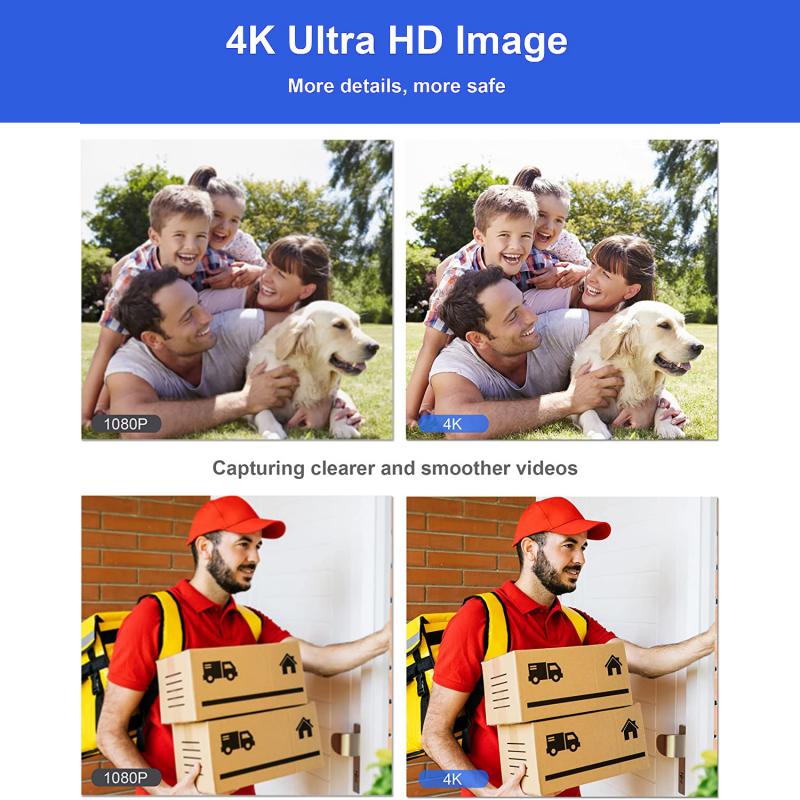
Understanding partial cloud coverage is important when it comes to choosing the right drone and filter for aerial photography. Partial cloud coverage can create a challenging lighting situation, as the sun is constantly moving in and out of the clouds, causing changes in exposure and color temperature. In order to capture the best possible images in these conditions, it is important to choose a drone and filter that can handle the changing lighting conditions.
When it comes to choosing a drone, it is important to look for one with a high dynamic range (HDR) camera. This will allow the camera to capture a wider range of light and dark tones, which is especially important in partial cloud coverage. Additionally, a drone with a high-quality gimbal will help to stabilize the camera and reduce any unwanted movement or vibration.
As for filters, a polarizing filter is a great choice for partial cloud coverage. This type of filter can help to reduce glare and reflections from the clouds, while also enhancing the colors in the scene. Additionally, a neutral density (ND) filter can be useful in these conditions, as it can help to balance the exposure between the bright areas of the sky and the darker areas of the landscape.
It is important to note that the specific drone and filter you choose will depend on the specific conditions you are shooting in, as well as your personal preferences and shooting style. As technology continues to advance, new options for drones and filters are constantly becoming available, so it is important to stay up-to-date on the latest developments in the industry.
3、 Choosing the right ND filter for partial cloud
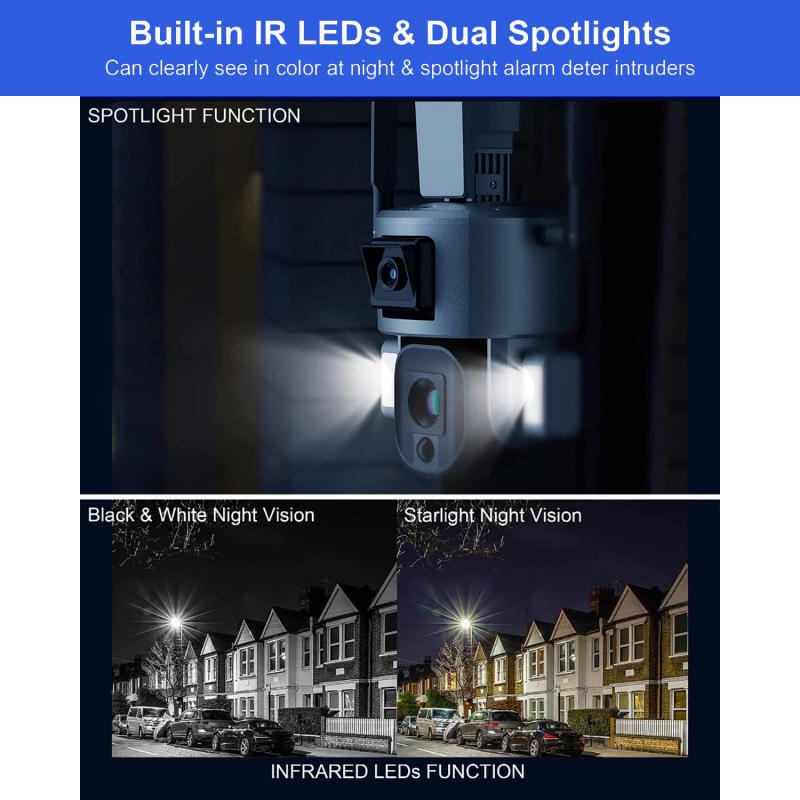
Choosing the right ND filter for partial cloud is an important consideration for drone photographers and videographers. ND filters are used to reduce the amount of light entering the camera lens, allowing for longer exposure times and more creative control over the final image. When shooting in partial cloud conditions, it can be difficult to determine the correct ND filter to use, as the amount of light can vary greatly depending on the position of the sun and the density of the clouds.
One popular option for partial cloud conditions is a variable ND filter, which allows the user to adjust the density of the filter to match the changing light conditions. This can be particularly useful when shooting video, as it allows for smooth transitions between different lighting situations. Another option is to use a set of fixed ND filters, ranging from ND4 to ND16, which can be swapped out as needed depending on the light conditions.
It's important to note that the choice of ND filter will also depend on the specific drone and camera being used, as well as the desired effect for the final image. Some drone cameras may have built-in ND filters, while others may require external filters to be attached to the lens. Additionally, different brands and models of ND filters may produce slightly different results in terms of color and image quality.
Overall, when choosing the right ND filter for partial cloud conditions, it's important to consider the specific shooting situation, the capabilities of the drone and camera, and the desired effect for the final image or video. Staying up-to-date with the latest developments in ND filter technology and experimenting with different options can also help to achieve the best results.
4、 Tips for capturing stunning drone footage in partial cloud
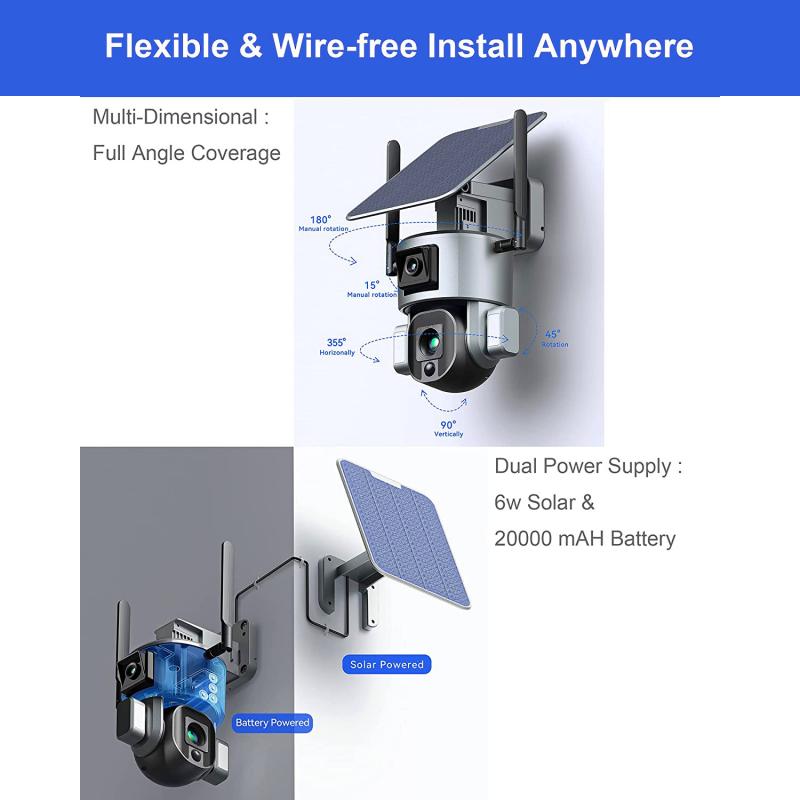
What drone and filter for partial cloud?
When it comes to capturing stunning drone footage in partial cloud, the type of drone and filter you use can make a big difference. For partial cloud conditions, it is recommended to use a drone with a high dynamic range (HDR) camera, such as the DJI Mavic 2 Pro or the Phantom 4 Pro. These drones have the ability to capture a wider range of light and dark tones, which is essential for capturing detail in both the bright and shadowed areas of the scene.
In terms of filters, a polarizing filter is a great option for partial cloud conditions. This type of filter helps to reduce glare and reflections, which can be especially helpful when filming over water or other reflective surfaces. Additionally, a neutral density (ND) filter can be useful for balancing the exposure in bright conditions, allowing you to capture more detail in the sky without overexposing the ground.
Other tips for capturing stunning drone footage in partial cloud include:
1. Pay attention to the direction and quality of light. The best times to film are during the golden hours (just after sunrise and just before sunset) when the light is soft and warm.
2. Use the rule of thirds to compose your shots. This involves dividing the frame into thirds both horizontally and vertically, and placing the subject at one of the intersections.
3. Experiment with different camera settings, such as shutter speed and ISO, to achieve the desired look and feel for your footage.
4. Practice flying your drone in different weather conditions to become more comfortable and confident in your abilities.
Overall, capturing stunning drone footage in partial cloud conditions requires a combination of the right equipment, technical skills, and creative vision. With practice and experimentation, you can create breathtaking aerial footage that captures the beauty of the world from a unique perspective.

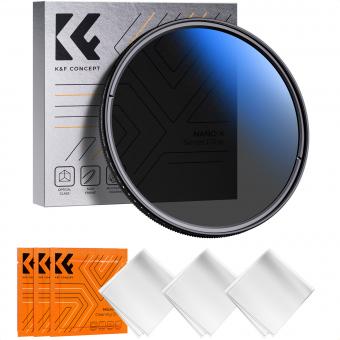
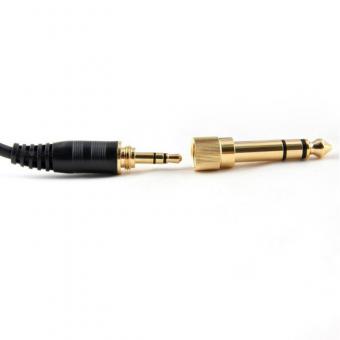
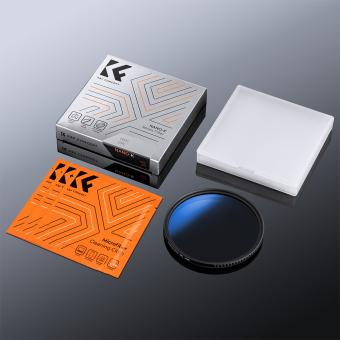






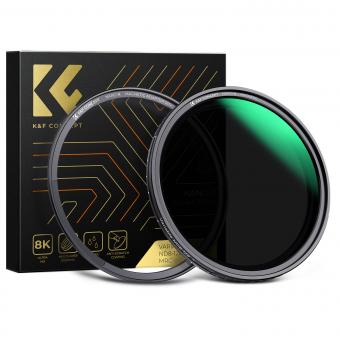
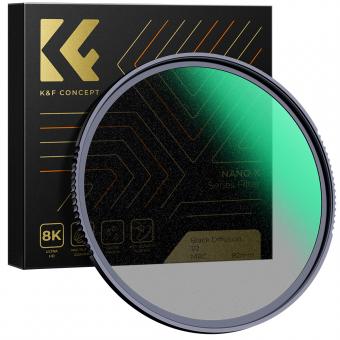
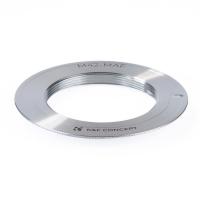
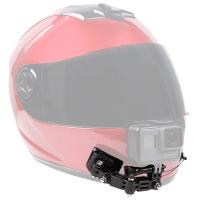

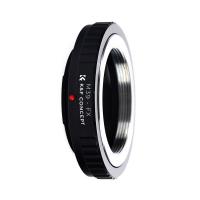

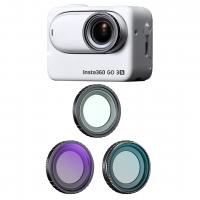


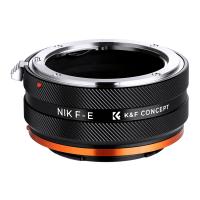
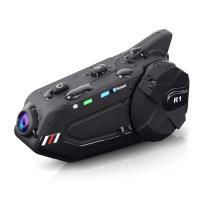
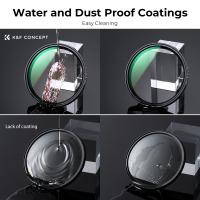



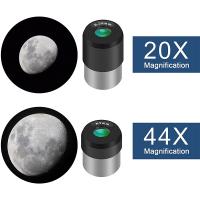
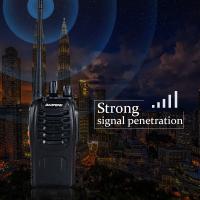
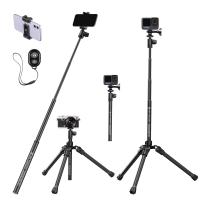
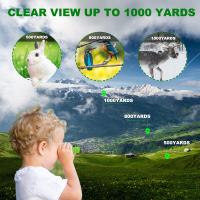

There are no comments for this blog.